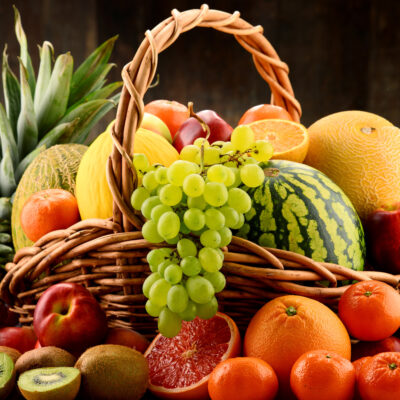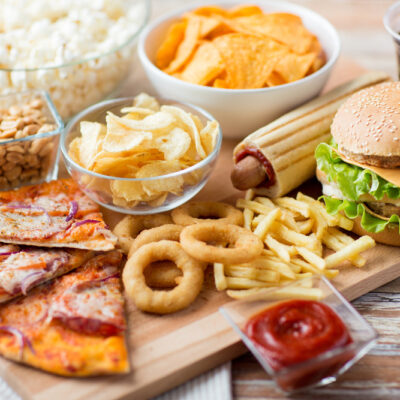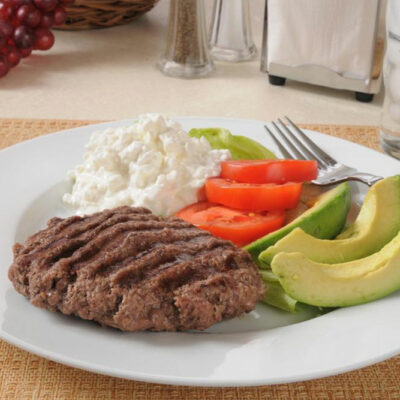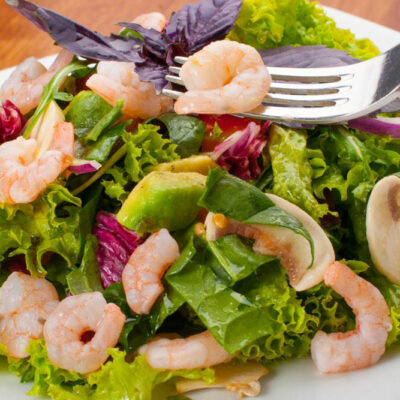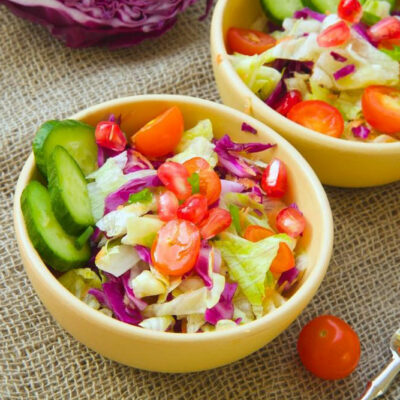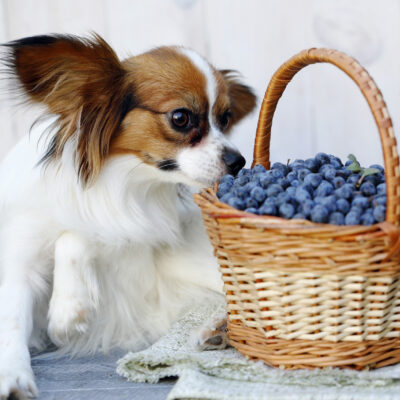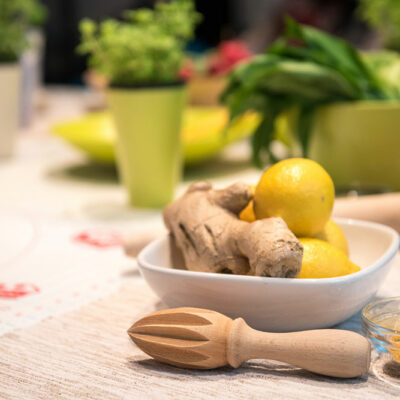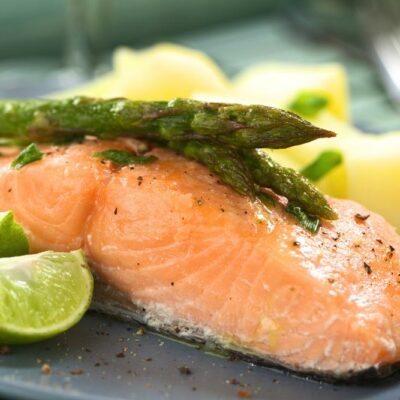
Food
Top 10 Foods for Prostate Cancer Prevention
Prostate cancer is one of the most prevalent forms of cancer in men, with more than 180,000 cases reported per year. The prostate is a small walnut-shaped gland which produces seminal fluid that transports and nourishes sperm. The cancer grows slowly, showing no symptoms while still in its early stages. Once it has grown in size, symptoms can include trouble urinating, blood in semen, less force in the urine stream, and erectile dysfunction. The risk of prostate cancer increases with age and obesity has been known to increase the likelihood of diagnosis. For undeterminable reasons, black men have a significantly higher chance of being diagnosed with prostate cancer than men of other races. Prostate cancer treatments include radiation, hormone, and chemotherapy. There are ways to help decrease your risk of prostate cancer, however, by leading a healthy lifestyle. One of the best means of prevention include incorporating the following foods into your diet: 1. Broccoli Cruciferous vegetables, like broccoli, are rich in antioxidants and phytochemicals which are great for cancer prevention. Other vegetables to add to your plate include cauliflower, cabbage, and kale. 2. Tomatoes Tomatoes are high in lycopene, an antioxidant believed to reduce the risk of prostate cancer.
Read More 